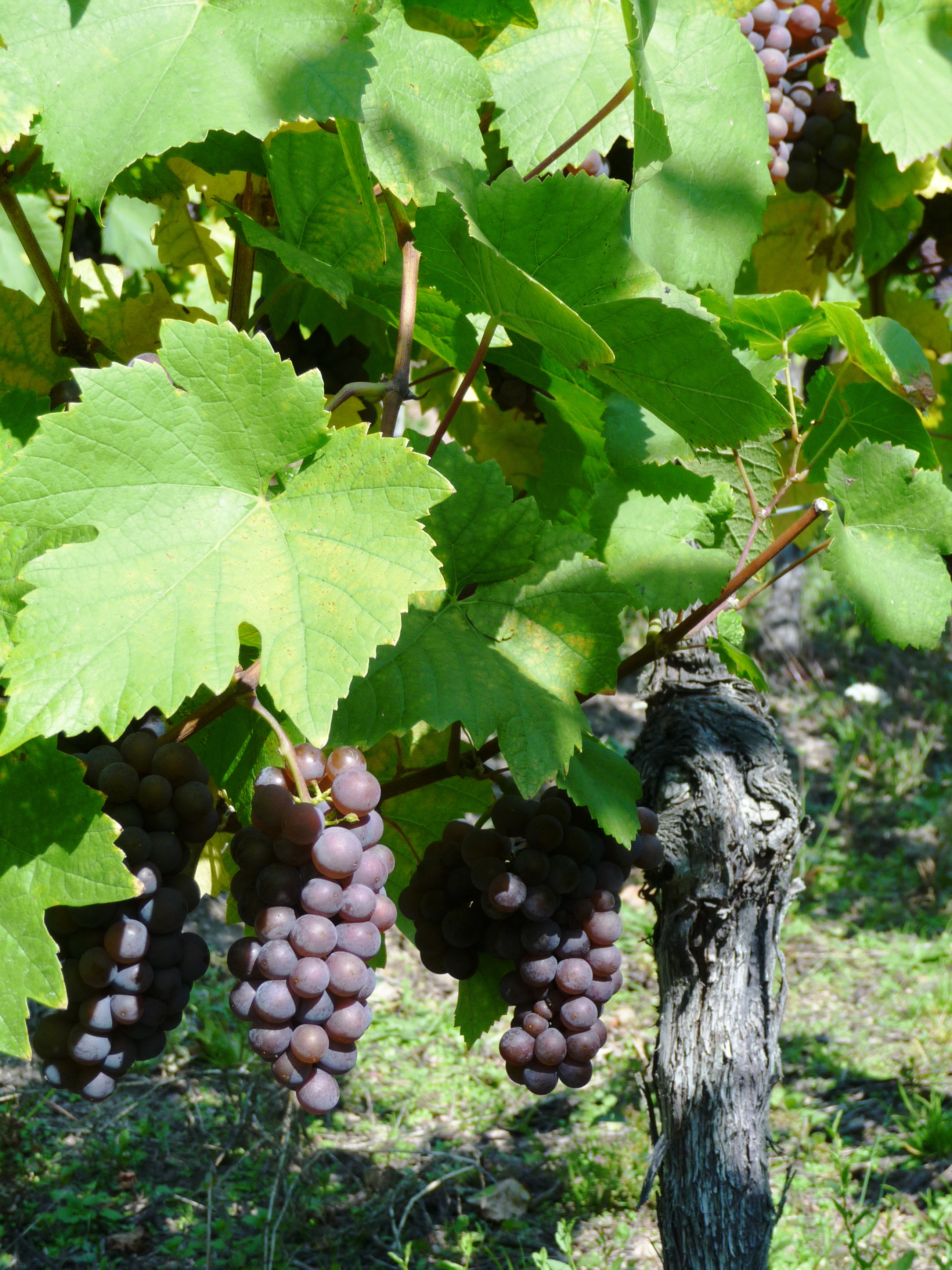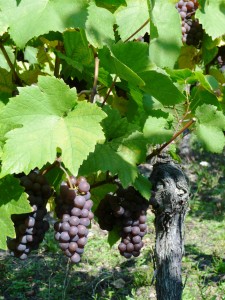Wine 101: A grape by any other name…


Pinot gris grapes in the Grand Cru Wineck-Schlossberg along the Alsace-route-des-vins. Known as pinot grigio in Italy, pinot gris is a crown jewel of Alsace, France.
While there are literally thousands of known viniferous grapes throughout the world, the average consumers’ experience will be boiled down to a few hundred tops. The task of familiarity can become less daunting-or more complicated-when taking into consideration that many grapes are known by more than one name.
Why would grape growers create more than one name for the same grape? Marketing. Regional recognition. A simple case of not being aware of what’s planted in the ground (such as petite sirah in California). Sometimes even in an attempt to make life easier for wine drinkers.
Take pinot gris for example. Known as a full-bodied, slightly spicy white wine from the Alsace region of France, it becomes pinot grigio in Italy with less tropical notes than its French counterpart. Prior to 1993 Alsatian pinot gris was labeled Tokay d’Alsace but, since Hungary produces a magnificent sweet wine called Tokaji, it was phased from Tokay d’Alsace to Pinot Gris within a few short years. Isn’t it nice to know that the international political system is working to make wine drinking less confusing for all of us?
Grenache is the alcohol powerhouse in those much-lauded Rhône style wines but tends to have lower tannins and acid so is often used in blends. On its own it exhibits raspberry and some spice and can show quite nicely as a single varietal as evidenced by the garnachas of Priorat, Spain. It’s customary to see the grape referred to as grenache everywhere outside of Spain.
Since we’re on the subject of Spain, the red grape monastrell is more commonly known as mourvèdre in France and even mataro in Australia but its origins are thought to be Spanish. This is a highly tannic (and rather finicky) grape that lends its appealing-in-moderation trait quite nicely to blends. As such, you’ll see it showcased with grenache/garnacha and syrah.
Australians know it as shiraz. The rest of the world refers to it as syrah. Po-tay-toe, po-tah-toe, this is a full-bodied, herbaceous, red grape with a nice balance of tannins and acidity that allows it to shine on its own and work well with others. Talk about accommodating.
Lest we leave out white grapes with all this red talk, Napa Valley’s fumé blanc is none other than sauvignon blanc. Gasp! Robert Mondavi is credited for rebranding sauvignon blanc for the American market with a made up name. Well, Pouilly-Fumé is one of the best known French villages for sauvignon blanc in the Loire Valley so he didn’t just pull the idea out of his…hat.
Grenache, garnacha, pinot gris, pinot grigio-they may be the same grape but the end result, the wine in the bottle, will always be a representation of the terroir it came from so never think that a shiraz will taste just like a syrah and revel in the distinct differences from region to region.
**If you like what you’re reading, follow Corks & Forks by clicking the ‘Follow’ button on the bottom right-hand corner or follow Corks & Forks (News/Media Website) on Facebook.
